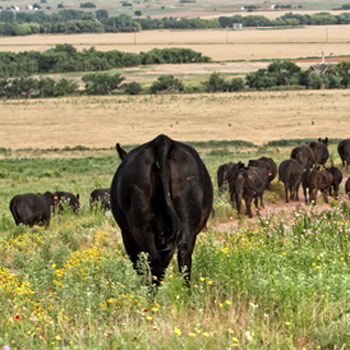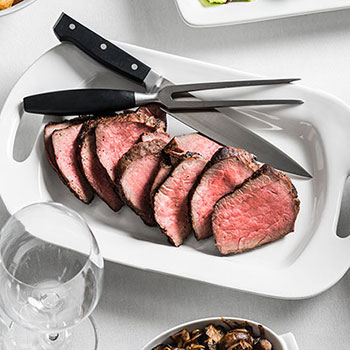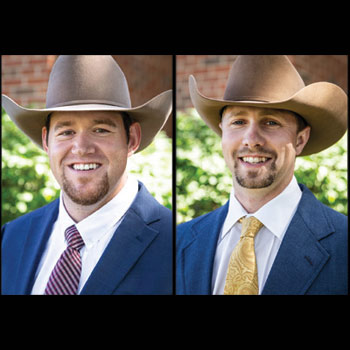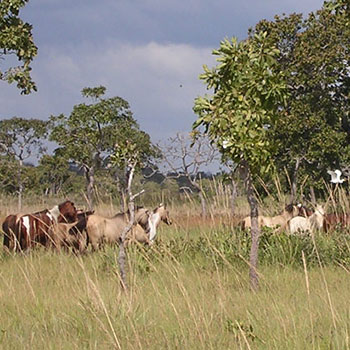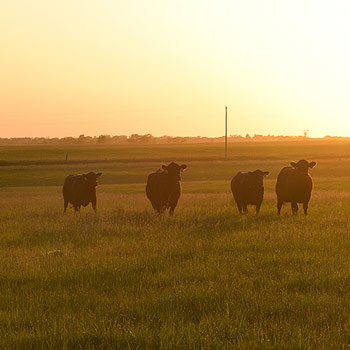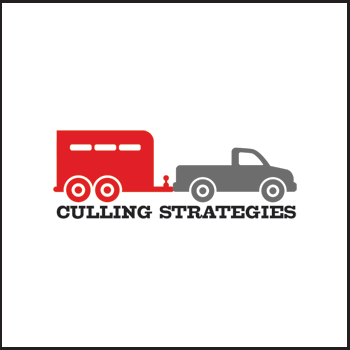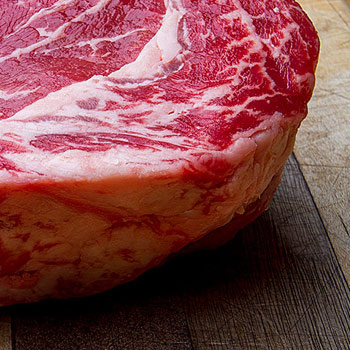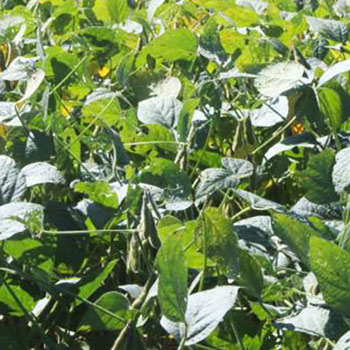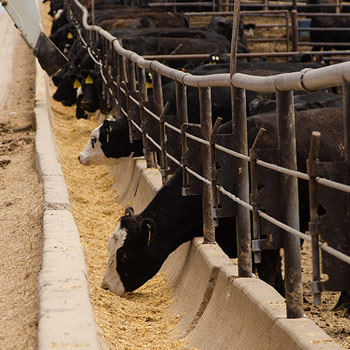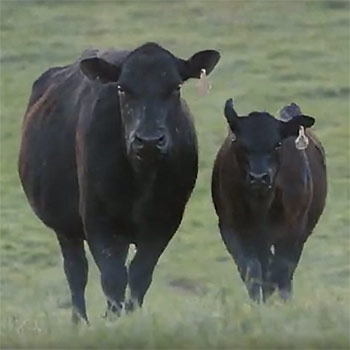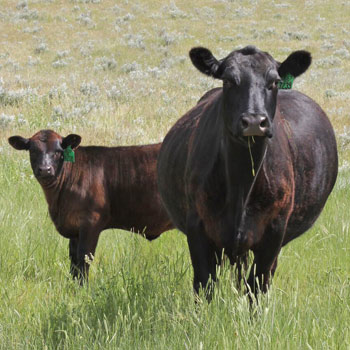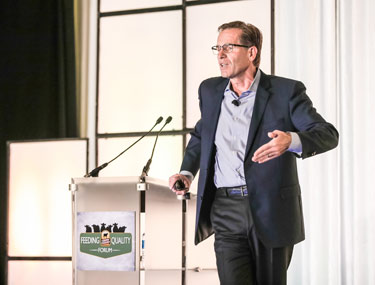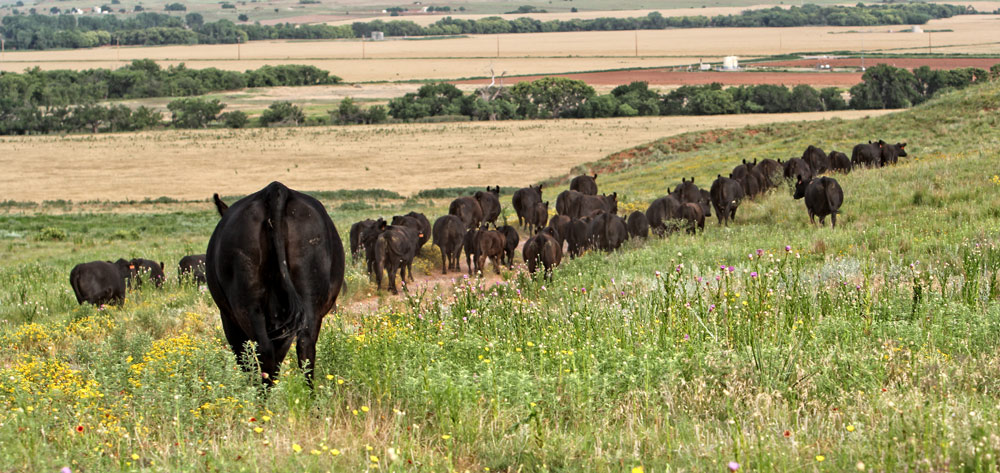
Timing and Costs of Marketing Cull Cows
Strategies offered to offer the best welfare and garner profit out of cull cows.
Many producers do a good job of raising calves and taking care of cattle, but marketing is often the weakest part of their program.
“Breeding is easily scheduled — a day on the calendar when you turn the bulls out,” says Joe Stookey, cattle producer and recently retired professor with the Western College of Veterinary Medicine, Saskatoon, Sask. “Weaning can be somewhat flexible, but some ranchers market cull cows about the same time each year, generally right after they wean the calves,” he says.
“It’s hard to predict the market, whether it will go up or down; but it doesn’t make economic sense to sell cull cows the same time each year, especially when the market is often lowest in the fall because so many cows are coming to market at once,” he says.
Many people don’t have the flexibility to sell cattle at the best time because of how their management is set up, with certain times of year for calving or weaning, and having to use certain pastures at a certain time. He admits the disadvantage of putting a lot of feed in animals to hold them longer, hoping for a better market later if grass is gone. The market might be better two months from now, but you’d need more feed and a place to put them if you hold cull cows longer. Some operations are locked in to a certain type of management that may not be flexible, and that’s part of the cost of marketing.
It may partly hinge on timing and method of weaning.
“Some people are leaving calves on the cows a little longer or calving later. Some aren’t weaning until December or even later, letting calves stay with their mothers on swath-grazing until February or March. This helps spread out marketing so there’s not such a glut of calves sold all at once, which is better for the feedlots, too,” Stookey says.
This also puts the sale of cull cows in late winter or early spring, when the cow market may be rebounding.
“If you still have a good feed source going into winter, this can work. Pasture grass may be about done, but you can swath-graze or bale-graze, and there’s often good energy and protein in swathed feed. This can enable a producer to keep calves on cows longer, and the calves stay healthier out at pasture with their mothers.”
Calving in summer, cows have a chance to regain body condition after weaning and winter, because there’s green grass again before they calve. Stookey says if the cows you plan to cull are a little thin, you can keep them on green grass for a few weeks to regain body condition.
There are also some advantages in fall calving, or calving and weaning early and making culling decisions as quickly as possible after weaning — selling those cows ahead of the fall run. It almost always pays to market culls in summer rather than fall. If some cows need to be culled, such as older cows you don’t want to manage another year or any cow with a problem like a bad udder or disposition, their calves could be weaned even earlier and those cows could be sent to market well ahead of the price drop. The cost of weaning those calves early is generally less than what you make up for in better price on those cows, especially if you have good pasture for the calves or can feed them inexpensively.
Another alternative if you have extra feed is to hold cull cows a little longer, especially if they are thin after weaning their last calf, and sell them later after they’ve gained weight and the market rebounds. Every year is different and sometimes your situation or the market will be different, so flexibility is key for best marketing of culls.
Editor’s note: Heather Smith Thomas is a cattlewoman and freelance writer from Salmon, Idaho.
